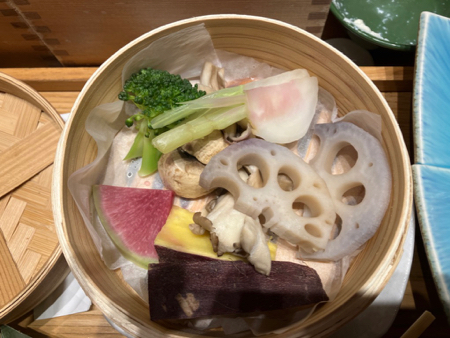Friday., 10/7 - South Korea to Japan
After arriving at the Haneda airport, we walked for what seemed like miles down the corridors to show our entry QR code and did cartwheels to get through quarantine, vaccination checks, etc. There must have been 50 or 100 people (volunteers in pinnies) directing us and shuttling us by Q-code or green slip or white form all before entering passport control and customs and getting our luggage.
Our Japanese guide, Kay, met us at the exit. We were able to withdraw money at an ATM at the airport - 10,000 Yen ($71.00) - in one bill!
It was pouring rain but we were able to walk undercover to our bus for the 1 1/2 hour ride, in traffic, to our hotel. There are lots of high rises but they are all different.
The group finally got to the hotel, Dormy Inn Korakuen. Kay held a brief orientation meeting in the breakfast room. There is a free laundry and free ice cream!
Since it was raining heavily in Tokyo today - we are staying in.
Flag of Japan
Japanese License Plates - regular (top); Tokyo Olympics (bottom)
Sat., 10/8 - Tokyo, Japan
Breakfast at the hotel was interesting. There were some kinds of dishes we recognized and many we didn’t. I (Gale) chose a fried egg, a roll to put it in as an egg sandwich, and triangles of grapefruit. Rick showed me which button gave out coffee on the beverage machine and I took my pills with thick carrot juice (yummy).
Tokyo Skytree tower
Tokyo Skytree tower
Vending Machines all over Japan
The motor coach today was smaller, but nice. It took us to learn about Sumo wrestling in the Ryogoku district and, later, the Bonsai museum.
At the sumo venue, we sat at tables and talked - Kay translated - with two retired sumo wrestlers. They would compete in tournaments, fighting a total of 15 matches over 15 days. The one who won the most matches was the overall winner. Lower ranking wrestlers (beginners) fight 7 matches in 7 days.The fighting takes place in a 15-foot circle - the Doyho. To win, one fighter must either push his opponent out of the circle. If any part of the body - toe, finger, hair, etc., is out, he loses. Or if any part of his body other than the soles of his feet touches the ground - even a finger - he is the loser.
There are also fouls - pulling the hair, fingers in the eyes, etc. The average time of a match is 7 seconds! Five minutes is the limit and they take a break after 4 minutes if it goes that long.
There are 23 sumo “stables” in Japan that recruit 15-year-olds and start training them and feeding them. When a man wins enough to be in one of the top seven rankings, or stations, he can marry, live outside the “stable” and earn a salary. The wrestling association and sponsors pay the salaries and feed and house the trainees.
Sumo wrestling is Japan's national sport.
Retired height and weight
Retired height and weight
With the men who did the presentation
From a video shown during our visit
Classes and divisions of Sumo
The Doyho - or Sumo wrestling ring
Lunch was “chanko” at Edosawa restraurant. The menu was hot pot chicken and fish. Gale had a salad instead of the fish.
In addition to the large number of fish dishes on all restaurant menus, a fish broth or fish meal are used to prepare many other dishes. Finding something to eat that doesn't have some form of fish product in it is very challenging for those who have fish allergies.
Edosawa restaurant
Edosawa's outside menu
Edosawa's inside menu
After lunch the group took a short stroll in Ryogoku area near the Ryogoku Kokugikan National Sumo Arena.
Ryogoku Kokugikan National Sumo Arena
Cute sign
Statues of sumo wrestlers found along the street in the Ryogoku District
Statues of sumo wrestlers found along the street in the Ryogoku District
Sumo manhole cover
Map of the Tokyo Metro
Interesting building
Street scene
Smoking on the streets is prohibited by law in Japan
There are No Smoking signs all over the country
Painted wall
Apparatus in the parking lot - either to prevent car theft or prevent the owner from leaving without paying
Sake barrels
Lovely electrical work - photographing these is another major point of interest
The next experience was a visit to the Shunkaen Bonsai Museum where we met Mr. Kunio Kobayashi, a world famous bonsai master and artist. (Put his name into Google for further information.) In addition to a museum and showroom for bonsai sales, Mr. Kobayashi has established a school where, over the period of a 6-year apprenticeship, students are taught the art and science of bonsai culture.
We spent time wandering around admiring and photographing the wonderful plants. Eventually, one of the apprentices (a fourth-year student from Poland) gave a very informative presentation and introduced Mr. Kobayashi.
The apprentice explained about roots and trimming and pruning and bending the various trees. The museum has a 1100-year-old Juniper that is the third oldest in the world, certified by carbon dating of a core (Internet sources don’t agree about this one being the third oldest, but who is really counting - it was gorgeous).
A couple weeks after our visit, the Museum was hosting an international gathering - the sign on the ground announces that meeting
Bonsai Garden - all of the plants are available for purchase
Mr. Kunio Kobayashi
The garden has a koi pond. Koi fish mean happiness and good luck.
The white part of the tree is dead but very artistic and it supports the living trunk that goes to the needle branches.
The trees are watered every one to three days and moved into the sun every day. The roots may be trimmed every one to three years.
The most expensive bonsai plant, pot, and table (all three are part of the artistic effect) is for sale for $4 million. They won’t sell to the US because US Customs require two years to certify it healthy enough to be allowed entry. They can sell to China and deliver the tree in two to four days.
During our second tour (Japan's Cultural Treasures), we repeated the visit to the Bonsai venue. This was after their big show and seminar. The plants were well organized and there were many lovely flowers, such as the orchid at the right, left over.
Back at the hotel, we had coffee, read, and wrote until time for our Welcome Dinner. The meal was fish and chicken and tempura so Gale was given a huge mound of soft tofu with olive oil, salt, and pepper as condiments. It was a tasteless blob. Her next course was “soup” - mushrooms and a few carrot strips in a bowl of hot water - yummy. The soup was followed by a couple bites of plain chicken, steamed vegetables (lotus root, mushrooms, purple sweet potato, one broccoli spear, white radish, and something purple with a green edge) and, of course, a bowl of plain rice. She doesn't think she will gain weight on this trip.
Bus route signs
Gale's special tofu dish
Salad includes lotus root - stuff on the right with holes
| Return to Top | Return to Itinerary | Return to Trips page to view other trips | Return to Dreamcatcher Home Page |
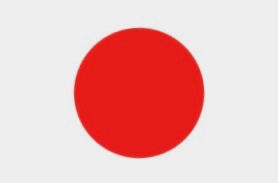
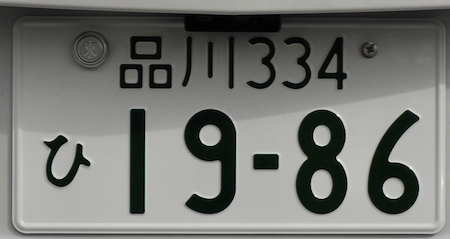
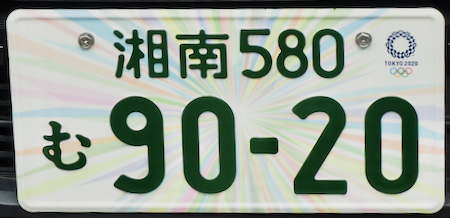
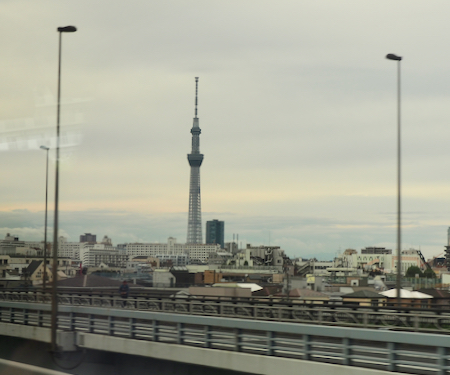
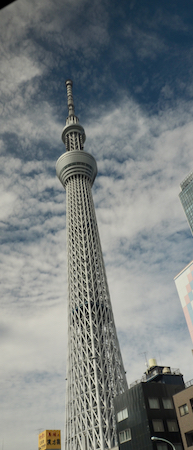

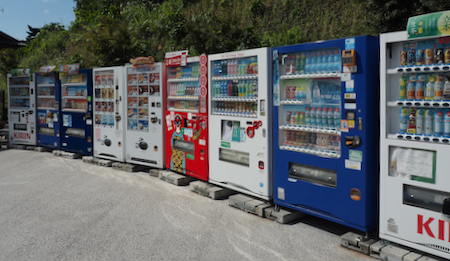

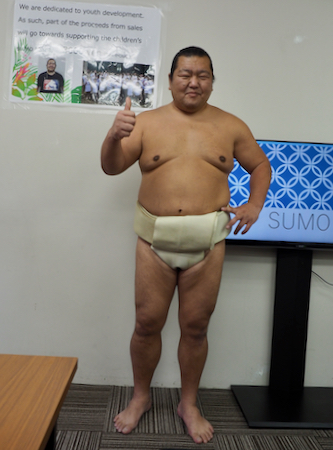
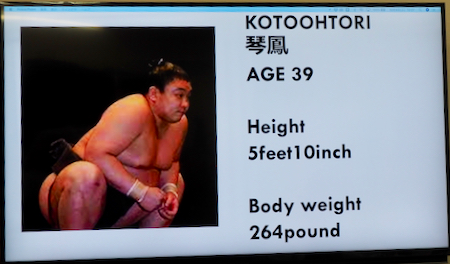
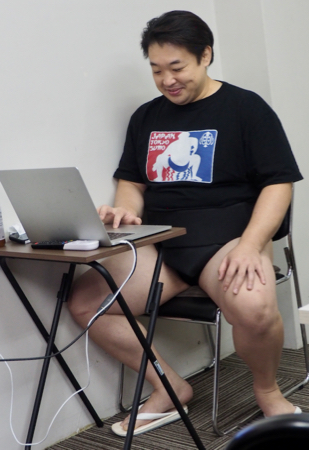
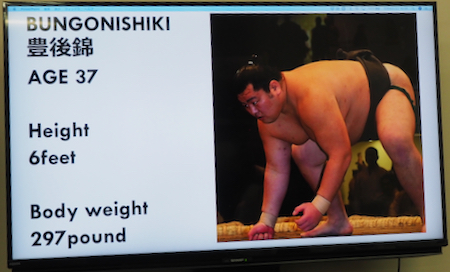
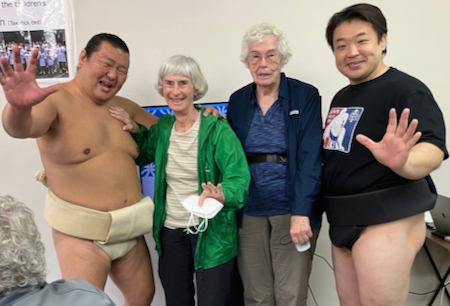
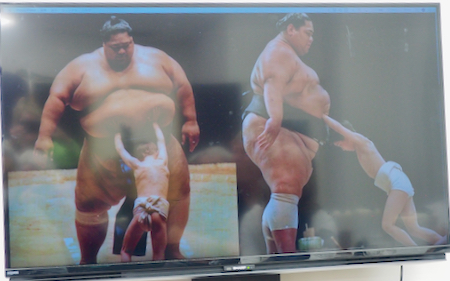
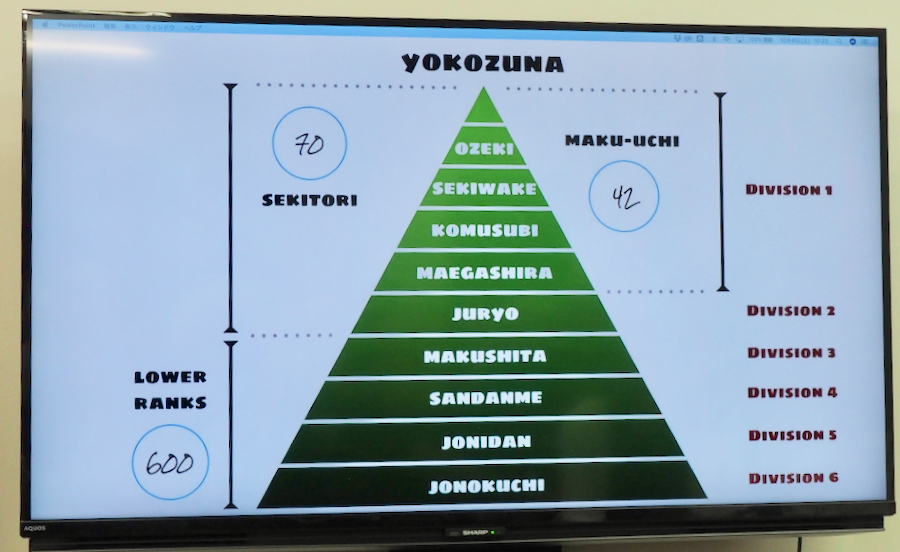
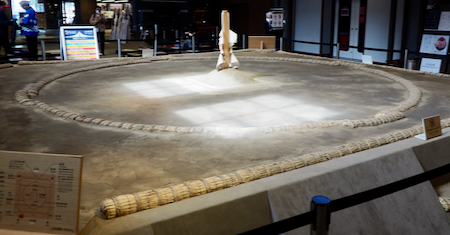




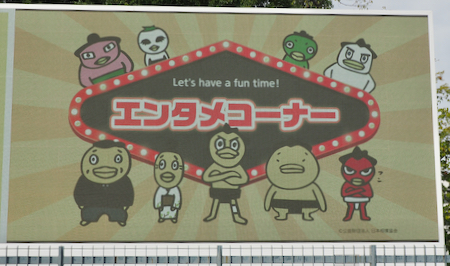


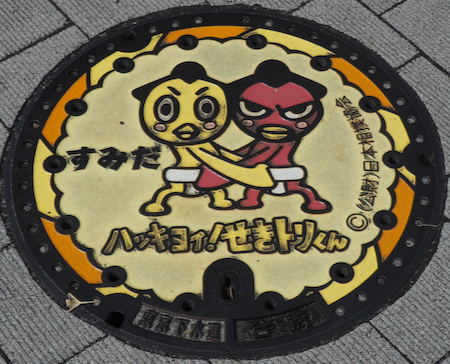
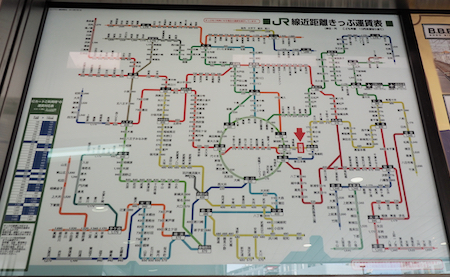

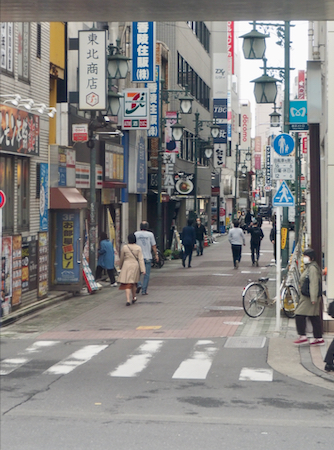

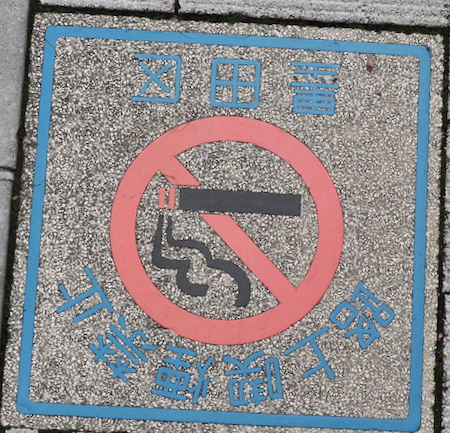
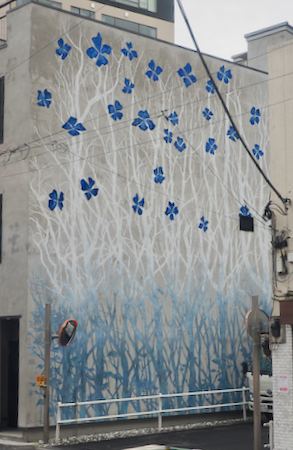

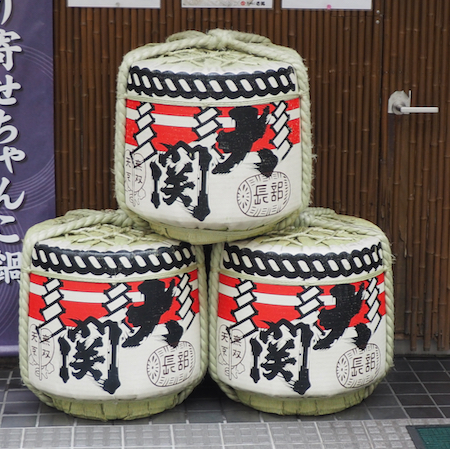
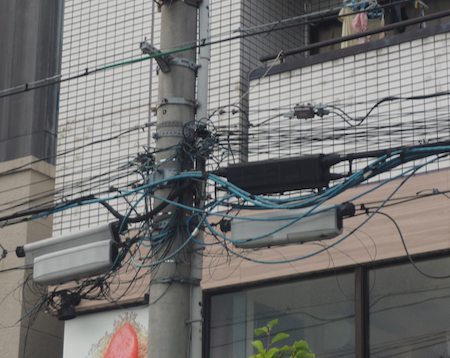


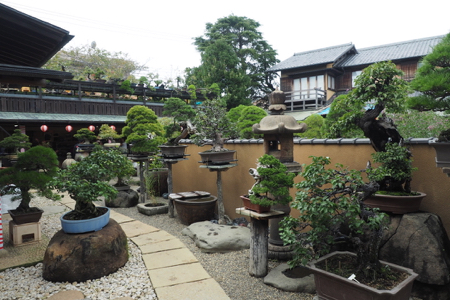
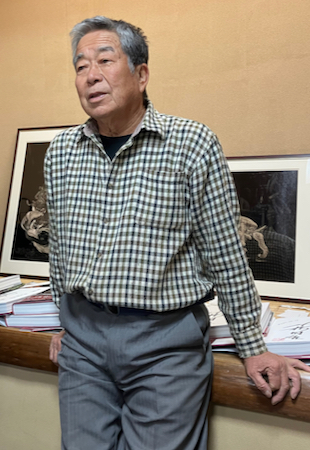
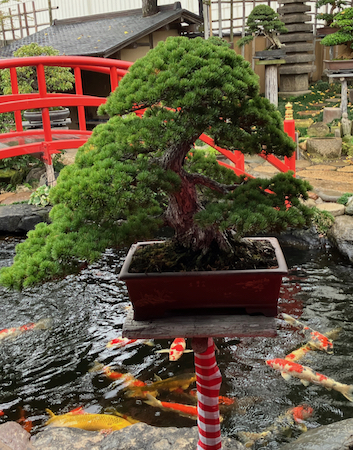
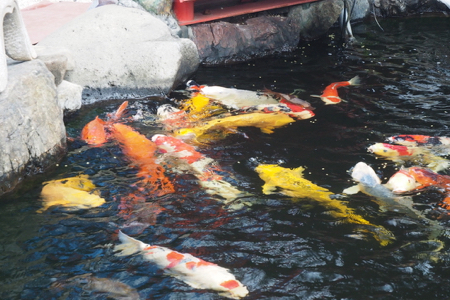
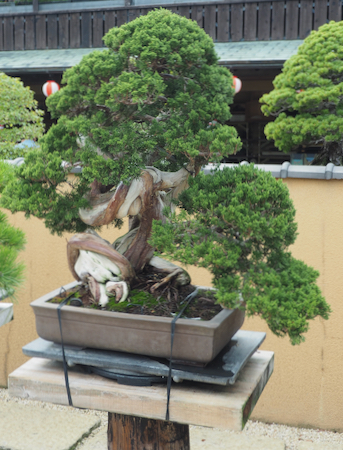
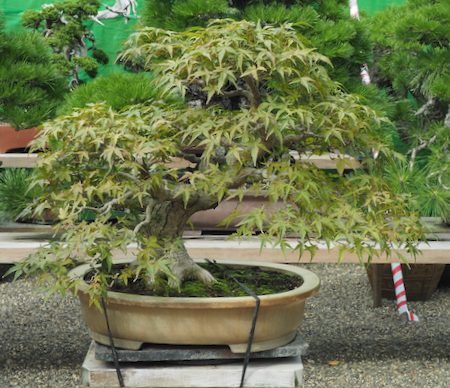
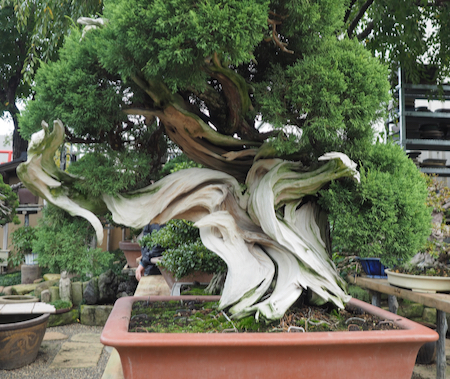


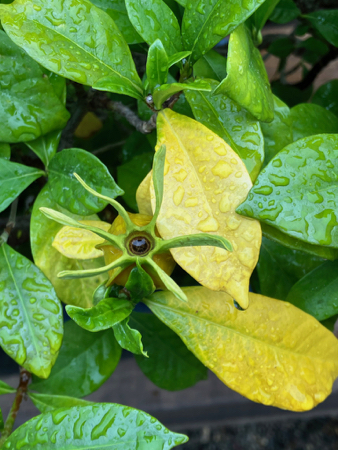

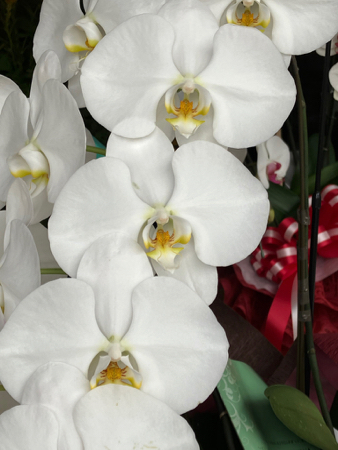
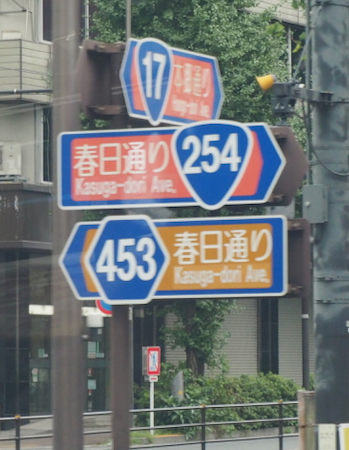
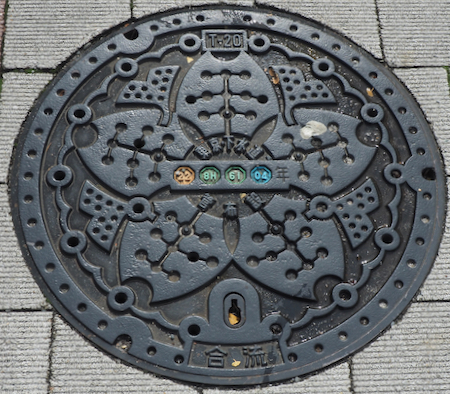
.jpg)
